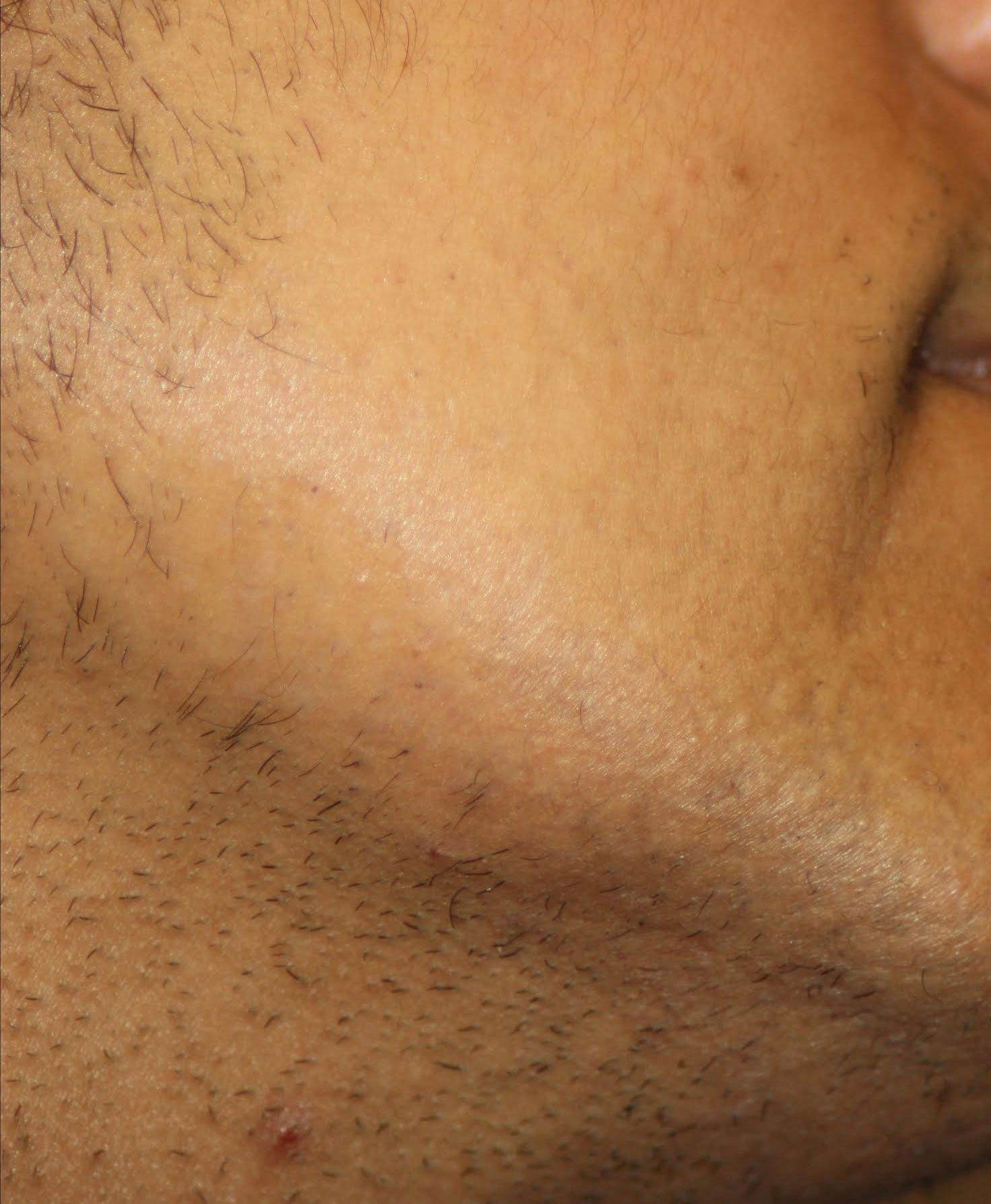
Electrolysis is performed by inserting a fine probe into a hair follicle. A disposable needle is used with each treatment, preventing cross contamination due to shared needle use. Either heat or a chemical reaction destroys the area where the hair is growing and prevents regrowth.
Electrolysis is simply the best way to permanently remove hair. It works on all hair colours including white, blond and red. The treatment needs to be repeated to catch each growing cycle. The hair diminishes in thickness until it cannot grow again. No other hair removal system can offer this.
This is essential. Before I can treat you I need to assess exactly what the problem is and how best to manage your treatment. I will find out about your medical history and get to know you a little so we can decide what would be best for you. I will also give you a taster of about 10 minutes so that you can gauge what you think of the treatment and if you want to enter the process. I am committed to achieving the results you want as soon as possible.
Several factors can contribute to excess hair-growth.
Changes in hormone levels may influence hair growth e.g. puberty, pregnancy, menopause and hysterectomy.
Hereditary hirsutism may be seen in families, societies and certain races.
Some medical conditions may cause excessive hair -growth. A common condition which is seen by electrolysists is PCOS (polycystic ovary syndrome)
Some medications such as the birth control pill, HRT and some psychiatric drugs may also alter the delicate endocrine balance.

Partial clearance of female facial hair.
Every method of hair removal except electrolysis is temporary.
“Needle electrolysis is the only permanent method of hair removal” states the Advertising Standards Authority.
Any sort of pulling of hair simply rips out the hair and it grows back. Shaving and depilatories slice off the hair at the surface and the hair soon pops through.
Laser hair removal is useful but there has not yet been sufficient time to evaluation its long term use and any associated risks. Furthermore it can not be used to treat white, grey, red and blond hair because of the lack of pigment.


